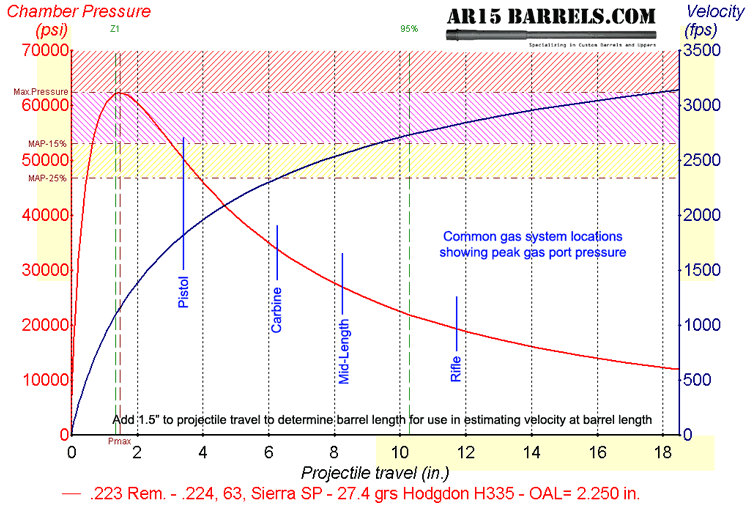Yeah, I know, this has probably already been covered at least a zillion times, but I couldn't find what I was looking for.
So, I'll start with my question. What barrel length should I get?
Okay, now the details. I am pretty much dead set on a bull barrel (because I want to, that's why!). I understand that all other things being equal a shorter barrel is more accurate, because it is stiffer. Also, I am looking at a .223/5.56 (not quite sure which yet, I'll be handloading, so I'm not worried about a 5.56 being inaccurate).
So, my specific quandary, I can't find any good data about what velocity difference is between a 16 inch and a 20 inch. This is what I am really interested in. If you have data for an 18 or a 24 inch, that is welcome too, but I'm really wanting the 16 and 20 inch data.
I want this info because if it isn't a big velocity difference, I'll get a 16 inch because it is lighter (and cheaper often too!)
Thanks all!


